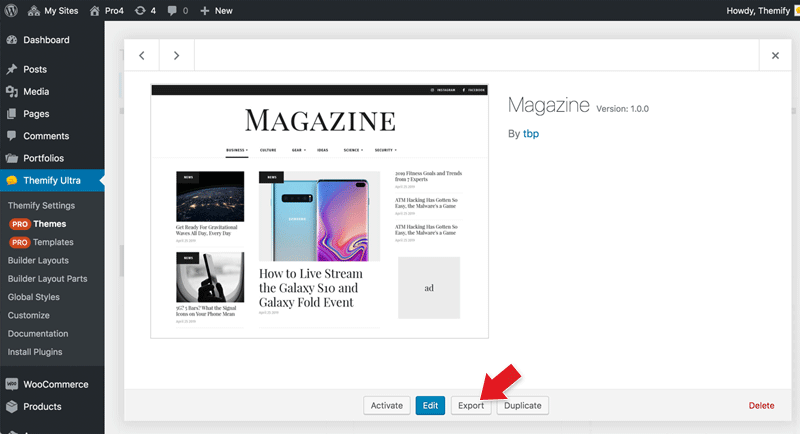

However, you’re still free to adjust everything to your liking, i.e., to determine font type, size and weight, text alignment, as well as to choose the colors and forms you want to see in your mind map.
#Xmind pro export theme manual#
Also, you can add notes and images, and choose from a great variety of neat icons and stickers to spice up your mind map.Īs for the layout options, I can say, based on my attempts, I’m happy with XMind’s automatic formatting, and see no need for manual adjustments. There are a couple of additional elements that allow you to add further information to your mind map, namely relationships, summaries and boundaries. A certain full-screen mode dubbed ZEN lets you block out everything and focus on brainstorming.

XMind makes it easy to jot down and organize your thoughts. You can navigate through your mind map with the arrow keys, and rearrange topics via drag and drop. Pressing ⇥ (Tab) creates a new topic on the same hierarchical level, pressing ↩︎ (Enter) creates a subtopic. After having chosen a format and theme, you’re set to start brainstorming.Ĭreating a mind map is frictionless, fast, and fun. There is a great variety of professionally-designed themes with balanced color palettes. Beyond these, XMind features additional formats to account for particular subjects, e.g. Typically, a mind map has a certain topic at its center, and its parts or aspects are organized around it as subtopics (and subsubtopics, etc.). With XMind, you can create beautiful mind maps in a breeze, which you can even export in Markdown format and open in Ulysses. Sometimes, when planning a complex writing project or exploring the subject of an article, it helps to visualize the relation of its parts or aspects.


 0 kommentar(er)
0 kommentar(er)
